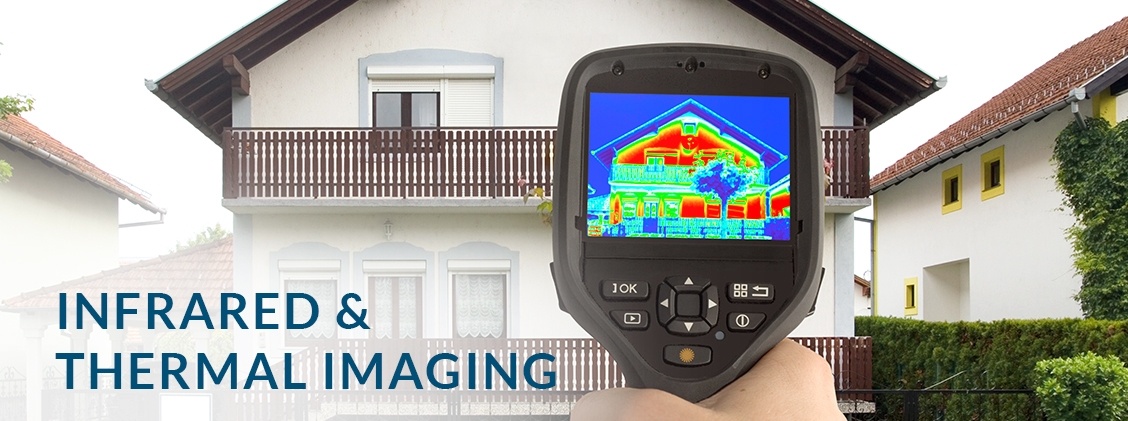Infrared & Thermal Imaging in Niagara, ON
Niagara Home Inspector
Thermography is a detection and imaging of thermal infrared energy. All objects on earth above the temperature of absolute zero emit infrared heat. Higher surface temperature emits more infrared energy. With the help of infrared camera, it is possible to detect and image very small differences in temperature of the surface. However infrared camera is not an X-Ray and it cannot see through the wall or other solid surfaces including glass. In fact, it cannot see beyond the paint layer of the wall. But it can detect anomalies due to the emitting qualities of the material.
We offer various Infrared Inspections across Niagara, Ontario.
All materials emit infrared energy differently. Some of them like paint, wood, carpet or plastic emit very well. Others like shiny metals do not. In fact, these materials and some others that have smooth surfaces such as glass or ceramic may reflect infrared. A skilled thermographer should know how to deal with these materials, understand the principles of thermodynamics and heat transfer and can analyse properly very small temperature variances in the infrared image.
With the affordable prices for infrared cameras in the last ten years this technology became available to home inspectors, energy auditors, insulation contractors to help solve and correct unseen problems related to heat, air and moisture intrusion in Toronto residential and commercial buildings. However, thermography is not just about using cameras. In fact, it is not about this at all. Thermography is about correct interpreting of the image by a qualified and trained professional who understands thermodynamics and material properties.
Thermography can detect various problems, such as moisture behind a wall, air leakage related to discomfort of the occupants, missing or damaged insulation, problems with mechanical or electrical equipment, problems with sealed windows, structural issues related to missing studs or thermal bridging, malfunction of the radiant heating, etc. For proper detection of these problems, however, there should be the right conditions present at the time of inspection. For example, insulation inspection requires a minimum 10 degrees F temperature difference across the wall. Air leakage requires pressure difference between inside and outside. Moisture detection requires low relative humidity or change in temperature. Electrical inspection requires significant load on the circuits. In summary, all this requires a trained, knowledgeable, and experienced thermographer to perform an inspection and interpret the results correctly. When performing infrared inspection outside a thermographer should account for wind and sun effect on the structure.
